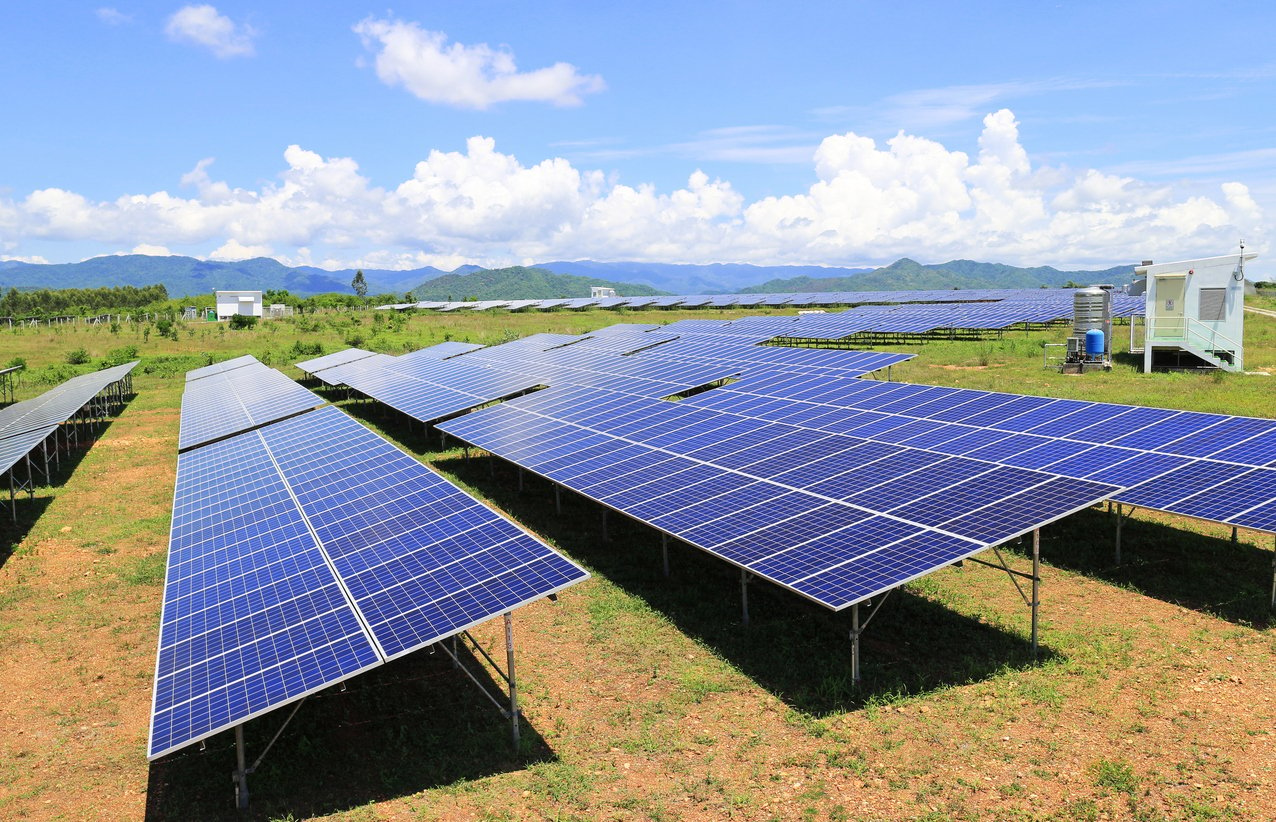Since the birth of flight by Edgar and Orville Wright in the early 20th century, the art and science of aerospace have advanced dramatically. Over 100 years, planes have undergone several transformations with new applications, the two most prominent being passenger travel and military. But climate change is rapidly advancing towards alternative propulsion methods and sustainable construction that is driving a new age of aerospace as we know it.
- The Merging of Aeronautics and Astronautics
- A More Efficient Tomorrow
- The Future of Flight
Partnerships between governments agencies and private interests have forced a merging of aerospace’s two mightiest disciplines. Climate change and sustainability concerns are driving a shift towards lighter and more durable materials with cleaner, renewable propulsion. Furthermore, as we advance towards a cleaner, greener aerospace industry, the final frontier is on the horizon.
The Merging of Aeronautics and Astronautics
Aerospace engineers work to design, build and test prototypes that can be applied for practical use. While prototyping refers to aircraft, satellites, spacecraft, and missiles[1], it also refers to systems and system upgrades such as guidance, navigation control, and communication. The invigorated space race and technological advancement have seen the industry’s two main disciplines effectively become one.
Aeronautics (aircraft design and technology) and astronautics (spacecraft technology and systems) have merged into one functional discipline. Technological advancement in reusable space-faring machines has driven this, not least as private interests have also aligned with those of government agencies. For example, NASA and SpaceX are working on new lunar landings as part of the Artemis mission[2].
A More Efficient Tomorrow
However, billionaires like Richard Branson and Jeff Bezos are also getting ready to launch their own private spacecraft passenger services – each recently completing successful maiden flights[3]. A primary reason is to cut the industry’s reliance on harmful fossil fuels as we shift towards a cleaner environment because of the irreversible effects of climate change and global warming.
Current aerospace plans are to implement reusable spacecraft that can withstand the high temperatures and pressure of reentry into Earth’s atmosphere following a flight. Thus, space is the primary medium for future travel since there are fewer resistance forces, and less fuel is required to travel faster. United Airlines also recently announced a fleet of zero-carbon, Concorde design, supersonic passenger aircraft[4] set for service in 2026.
The Future of Flight
As stunning as current technology is, we still have a long way to go before fully implementing green, sustainable, and reusable spacecraft. Additionally, the technology is so new that the expenses are not yet justified, with a seat on Virgin Galactic costing $450,000[5]. However, it was not too long ago that a seat on a jumbo jet was only for the rich and famous. So, even though Virgin space flights might be a long way off, cleaner, faster, and more efficient flight is in total development.
Like road vehicles, hybrid and electric airplanes are currently in testing by modern aerospace engineers as the answer to the massive contribution towards carbon emissions by the aviation industry. Additionally, artificial intelligence systems that can navigate more accurately than a human pilot are already in testing by aviation giants like Boeing and Airbus[6].
In Summary
Rapid technological advancement, growing public concern, and commercial and government partnerships have forced traditional aviation and space technology to merge. Merging like this is in response to an overall plan to steer aviation towards a less polluting and more efficient future.
Eclectic, hybrid, and AI aircraft are already being tested by some of the world’s largest aviation companies, with United set for a 2026 release of clean fueled supersonic passenger aircraft. As the immediate future of air travel moves towards a greener alternative to diesel, the not too distant future could see currently expensive operators like Virgin Galactic becoming a regular part of rapid aviation transit.



